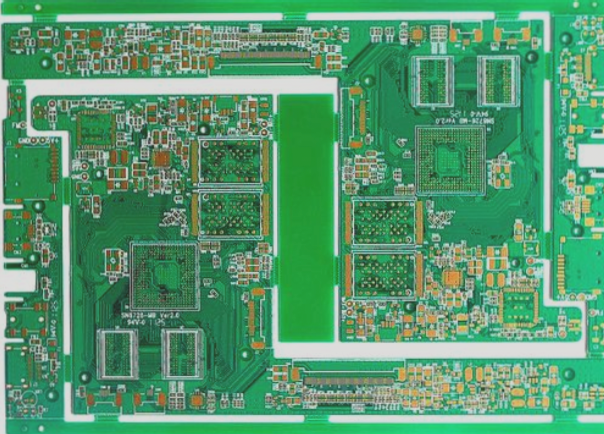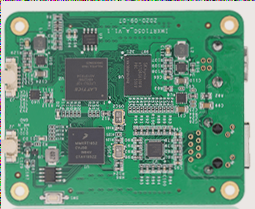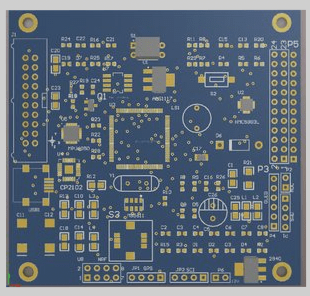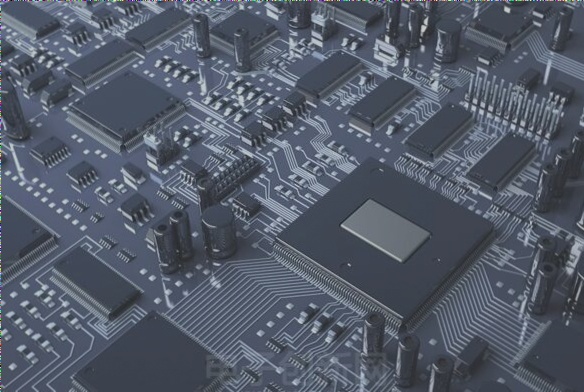PCB Mounting Methods and Placement Accuracy
Overview
The consumption of flip-chip chips is projected to increase significantly in the coming years, while TAB/TCP consumption has stagnated. Learn more about PCB mounting methods and placement accuracy in the PCB industry.
Key Points
- Estimates suggest flip-chip chip consumption will rise to 2.5 billion by the end of the century.
- Mounting requirements vary, impacting component pick-and-place capability, accuracy, and speed.
- Placement systems with high precision can achieve 4 sigma and 20μm accuracy on the x and y axes.
- High-performance SMD placement equipment can mount chips with high speed and precision.
Placement Accuracy Factors
Placement accuracy for area array packages is influenced by factors such as ball grid alloy type and package weight. Surface array packages have different accuracy requirements compared to ICs in QFP and SOP packages.
Future Trends
Systems with high-precision placement heads and revolver heads are becoming more popular, offering flexibility in handling various chip packages. The industry is moving towards systems that can achieve both speed and accuracy in chip placement.

PCB Mounting and Soldering Techniques
- When mounting round pads without solder mask, ensure the mounting error does not exceed the pad radius to maintain mechanical contact with the ball grid.
- For high-precision packages like μBGA and CSP, accuracy requirements vary based on ball grid diameter and pitch.
- Flux Application in Soldering
- Flux is essential for standard reflow soldering of flip-chip ball grids, with modern equipment offering built-in flux application devices.
- Coating and dip soldering are common methods for applying flux, with the coating unit near the placement head.
- Use no-clean flux for effective filling, especially in no-clean processes, to prevent residue.
- Consider solutions like adjusting conveyor belt speed and setting waiting periods to optimize flux adhesion during placement.
- Flux coating may increase cycle time but is effective in reducing solder consumption.
- Explore PCB Dip Soldering for high-viscosity fluxes, where a rotating bucket and blade create a flux film for precise solder application.



